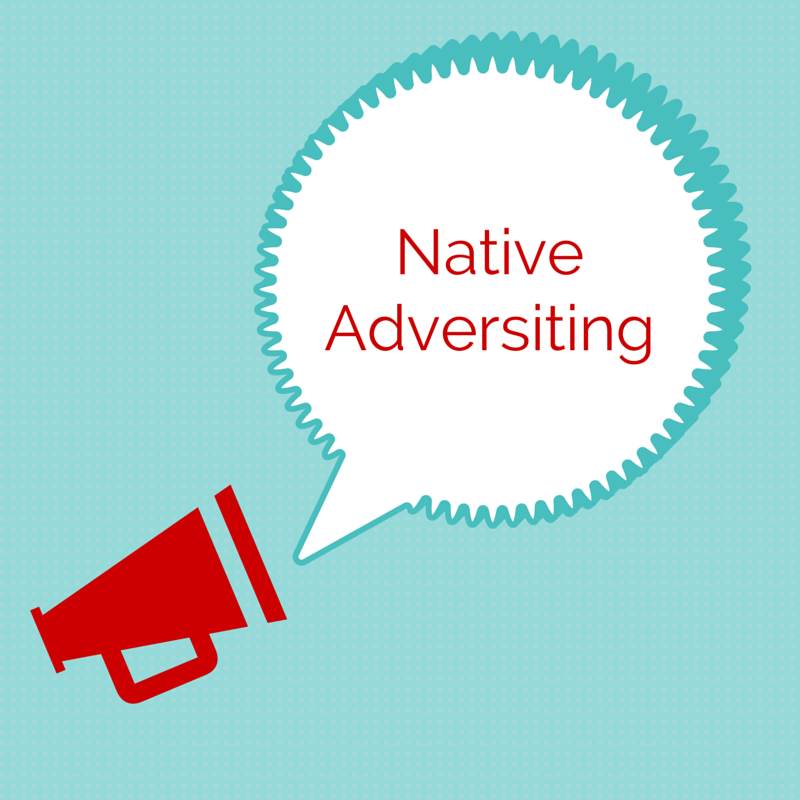 By Stacey Rynders and Darian Garey
By Stacey Rynders and Darian Garey
The line between poorly and well implemented native advertising is very thin. When poorly done, the backlash can greatly tarnish a brand – both the advertiser and the publisher. But, strongly integrated native advertising can be very effective.
In fact, recent survey by AdYouLike showed that 57% of respondents in the UK ages 18 to 33 are willing to read sponsored content as long as it is in tune with their interests. Learn more about the survey results.
1. So what is native advertising, and how do you do it?
Native advertising is a form of paid media where the ad experience follows the natural form and function of the user experience in which it is placed, according to Sharethrough, a native ad placement company. Since the key to success is flawless integration, native advertising comes in several forms – editorial, video, infographics and imagery.
In the best iterations, a brand is seamlessly promoted within the natural tone and style of a publication’s content. This is how it stands apart from an advertorial or a press release, which cater more to the advertiser or brand’s style and are more obviously sponsored than most native advertising.
Still, you do not want to dupe your audience. While the content should be well integrated, it also should follow these three guidelines:
- Be clearly branded,
- Identified in some way as a partner or as sponsored content, and…
- Have a clear call to action.
Because native advertising is generally not as clearly identified as sponsored, it is a controversial tactic to implement. The Federal Trade Commission is considering how it might want to regulate this method. For now, it is good to follow the guidelines above. A 2014 survey by Copyblogger showed that 51 percent are skeptical of sponsored content.
Currently, 41 percent of brands are using native advertising. And, there are three out of four publications that implement it. If your Brand or Publication is considering dipping its toes into native advertising, here are your keys to success:
2. Make sure the Brand and the Publisher (social media, editorial or other) are a good match.
Since it is important for the native placement to match the publisher’s tone and style, the content needs to be something that appeals to the publisher’s audience. It also needs to not be an off-brand location for promoting the brand paying for the native ad. The importance of making a good Brand-Publisher match is best exhibited by a wrong pairing – the Atlantic and The Church of Scientology. While the sponsored content was clearly marked, this unlikely pairing of the controversial Church of Scientology and the Atlantic’s customers did not go well. Read more.
3. Collaborate and plan the content.
Both the representative of the Brand and the Publisher should vet ideas to determine which subject and method of delivery suit both parties. Some publishers might prefer an infographic in their print publication while others might prefer a video for their social platform and as a compliment to a print story. There are a variety of ways to deploy the content, but it helps if both the Publisher and the Brand are in alignment with the plan.
A tip for Brands not sure how they want to implement native advertising – submit a Request For Proposal (RFP) to your key publishers, and see who comes back with the best and most cost-efficient idea for your company. This gives you the opportunity to test the native advertising waters and also to collaborate with your Publishers on more out-of-the-box ideas.
4. Choose the platform wisely.
While it is important for both the publisher and brand to collaborate on the method of deploying the native advertising, it is also important that the Brand select a platform that suits its audience. The Publisher platform could include social media, an online publisher, a print publication or a platform that is a bit more kitsch, like The Onion. It is important to know your audience and meet them where they are getting their information.
5. Know what works.
Study those that have come before you and see what tactics have worked for other native advertisers. Wordstream.com offers up five noteworthy case studies of success. While you are checking out those that have done native advertising well, it is also helpful to review what has not worked. Use the unsuccessful case studies to scope out possible areas of concern in your plan, prior to implementation.

Like this infographic? Get more content marketing tips from Copyblogger.
